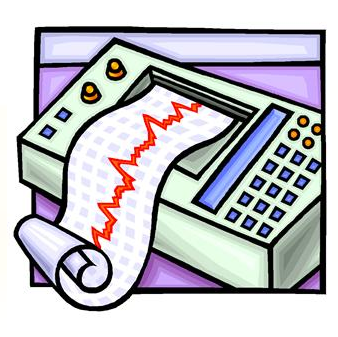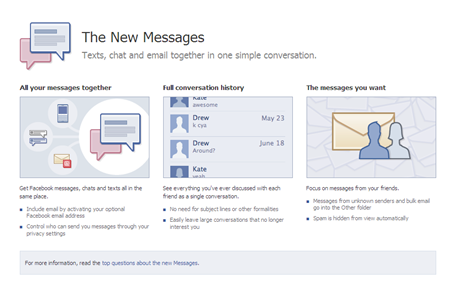eDiscovery Project Management: Maintain Good Records

Project documentation is a weakness that I’ve seen time and again in firms that I’ve helped. And, I’ve seen it cause problems over and over again.
I’ve worked with attorneys who have done a great job of collecting and producing documents, but, nonetheless, they have trouble successfully resolving discovery disputes. Why? Because they didn’t keep records of what they did and how they did it.
I’ve seen litigation teams work on cases that came back to life after being dormant for five years. No one knew what had already been done with the documents. They had to start from scratch.
I’ve worked with litigation teams that lost team members, and in doing so lost the only people who had knowledge of certain case activities.
I’ve known litigation teams that couldn’t use significant evidence because they didn’t maintain adequate chain of custody documentation.
These problems cost litigation teams time and money, and in extreme situations, they can affect the outcome of a case – all unfortunate results that can be avoided if good project records are kept.
For each case, maintain a “case book”. Start it at the beginning of a case with case overview information. Create a form to capture this information:
- Case name and parties
- Date filed
- Client
- Client contact with phone and email
- Information for each team member (name, position, phone and email)
- Information for co-counsel (firm name and names, phone and email for individuals)
- Information for opposing counsel (firm name and names, phone and email for individuals)
- Schedule information (for example, discovery start and end dates, trial dates)
Create a section in the case-book for each document-handling task. Create a form to capture this information:
- Name of the task (for example, “Collecting Documents”)
- The name, position and contact information for the person responsible
- Start date, expected completion date, and actual completion date
- The name, position and contact information for each team member that works on the task.
- A section for notes and summary information
File task documentation in the case-book (for example, include budgets, schedules, forms, logs, chain of custody records and status reports).
Good record keeping doesn’t have to take a lot of time, and it can be invaluable.
What do you think? Have you worked on a case where poor record keeping caused problems? Please share any comments you might have or tell us if you’d like to know more about a topic.











